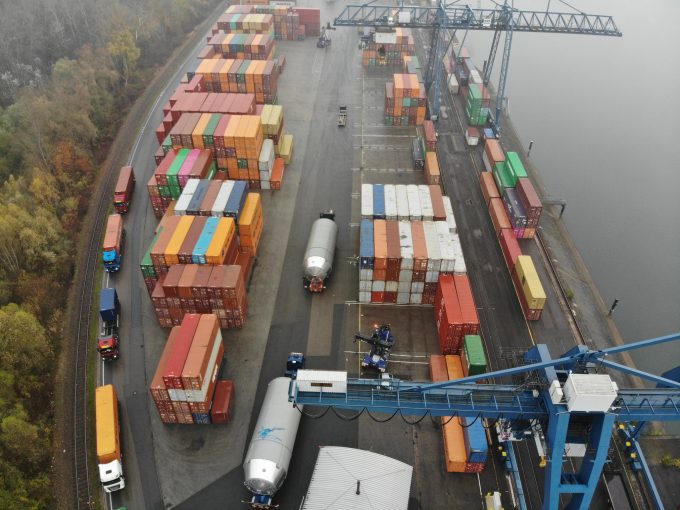Maersk warns of delays in Rotterdam after port workers' strike
Maersk has advised that, following a strike at Hutchison Port Delta II in Rotterdam on ...

Handling times may have halved in a week, but this masks a deteriorating situation along North Europe’s inland waterways.
Low water levels mean barges are less likely to be able to carry full loads.
Contargo is reporting wait times of just 36 hours, the lowest this year, for Rotterdam, close to half the 71 hours recorded just seven days earlier, but the barge operator noted: “Water levels on the Rhine are continuing to go down.
“In the next few days, a level below ...
Maersk u-turn as port congestion increases across Northern Europe
Maersk Air Cargo sees volumes fall as it aims for 'margin in favour of revenue'
Keep our news independent, by supporting The Loadstar
Container spot rates diverge: to Europe still falling, but firmer to the US
Hapag-Lloyd won't take bookings if port congestion leaves cargo stranded
Ecommerce likely the front-runner in resurge of transpacific trade after deal
Containership charter market feels the ripples from trade tensions
Airfreight players eye new routes as demand on the transpacific nosedives

Comment on this article
Michel van Dijk
December 07, 2021 at 8:31 amOld news, Kaub is already at 242 again this morning so no worries about transport capacities. It is not the size of the terminals in the ports it is the split between deepsea, transshipment and barges on the quay that influences the productivity of the terminal. If the terminals would have more space there would be far more transshipment in order to regain better rotations for the Ultra Large Vessels. This would make things even worse. Only measurement to make impact is keeping the productivity high. The way to do is not only in the descission of the Carrier but also in the contracts for carriage and all specific regulations who impact behaviour of the individual cargo.